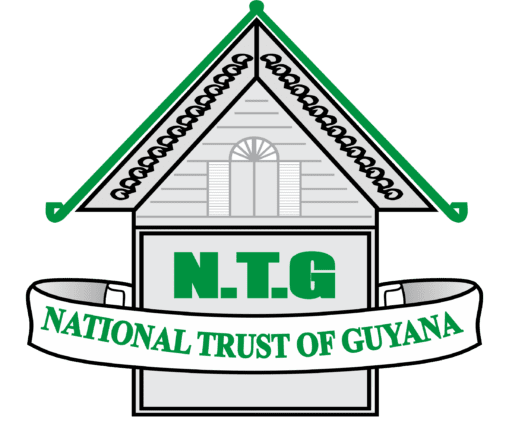Location: North Cummingsburg, Georgetown
Classification: Civil Landscape
Period/ Year Built: 1853
Historical Background / Description:
The Promenade Gardens is located between Waterloo and Carmichael Streets (on the east and west, respectively) Cummingsburg, Georgetown and is bordered by New Market Street on the north and Middle Street on the south. Established and opened to the general public in 1853, the Promenade Gardens along with Independence Park, commonly known as Parade Ground was once collectively called Parade Ground. The garden was portioned off after the ground fell into disrepair in 1851.
The garden is home to numerous monuments, the first of which was built at the location is the Bandstand which was constructed to commemorate Queen Victoria’s Diamond Jubilee in 1897, and is one of three bandstands in Georgetown. The only remaining water fountain in the city can also be found at this garden. There is also a statue paying tribute to Mahatma Ghandi and in 2011, a pillar type monument was erected by its main entrance on Middle Street to commemorate 100 years of Arya Samaj in Guyana. Promenade Gardens over the years has been used for a number of social and civic functions.
The Mahatma Gandhi Monument was unveiled by Sir David Rose, Governor-General of Guyana on October 2, 1969, in commemoration of Gandhi’s 100th birth anniversary. The monument consists of a bronze statue of Gandhi on a silver-plated wheel.
Mahatma Gandhi was an Indian leader who inspired the world through his profound spirituality and belief in non-volence. He was born on October 2, 1869, in Porbandar, India. A trained lawyer, he advocated for civil rights in India and abroad and is widely applauded for his use of civil disobedience in gaining independence for India from British rule. Mahatma Gandhi died on January 30, 1948, at the age of 78; he is regarded by many as the father of Independent India.
